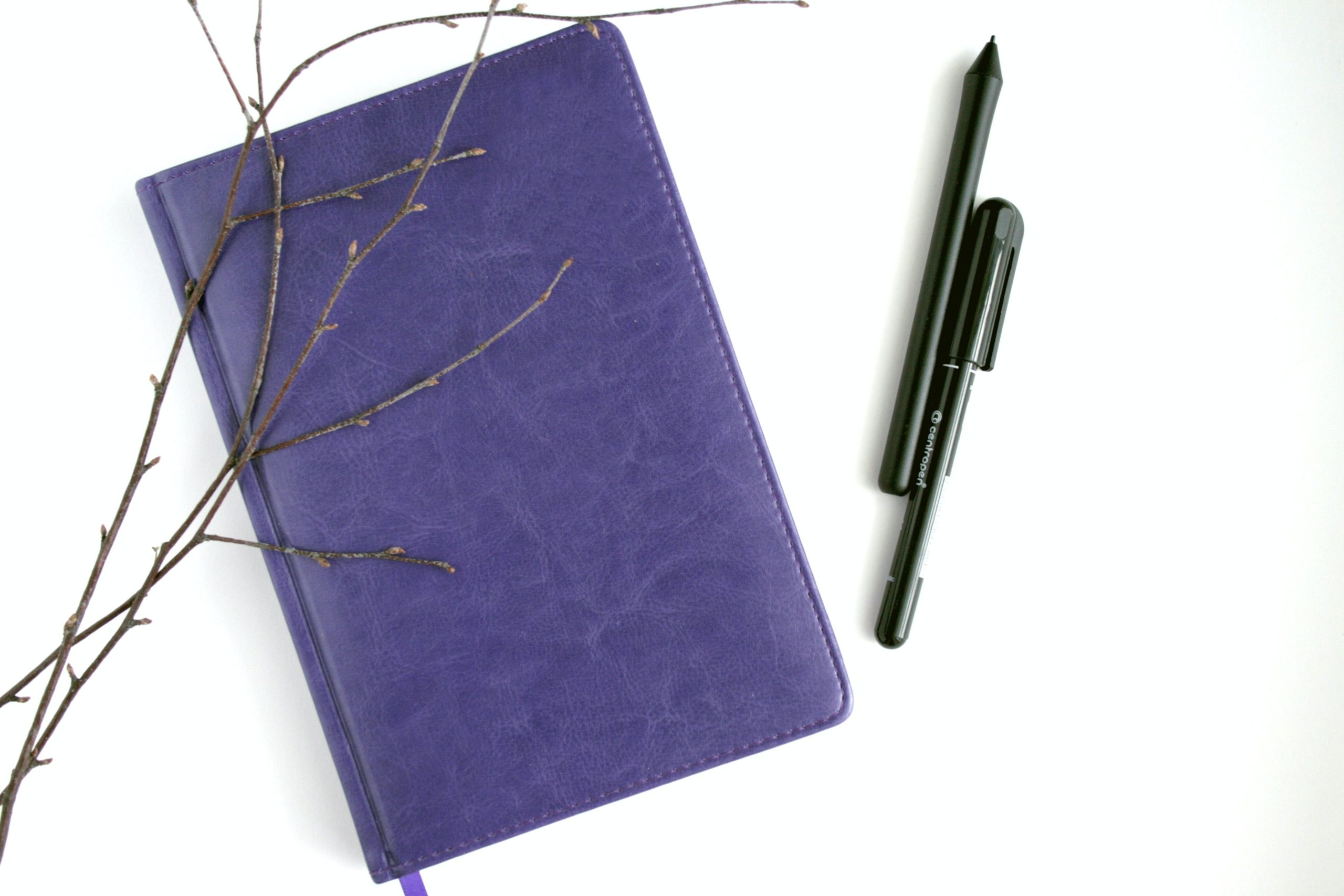With barely controlled excitement, a friend confided she had found the perfect plot for a novel—a coven of “white witches” had intruded her town. Although she relayed some bizarre and creepy incidents, she didn’t have the makings of a story. Not yet, anyway.
A story isn’t a list of things and events; instead, a well-defined novel shows a character’s reaction to things and events.
As for my friend, I advised her to shine a spotlight on a character who reacts to the witches’ intrusion into town.
In his book, Techniques of the Selling Writer, Dwight Swain names the “spotlight” character the focal character—the hero/heroine of a story.
What should a focal character react to?
Let’s say you start your first chapter with a dramatic scene of black clouds and rain. Although beautifully crafted, the storm only has purpose if your focal character reacts to it.
Each of these focal characters would have a unique reaction to the storm.
- a small boy steadying the bat to hit his first home run
- a farmer with parched crops
- a firefighter battling a blaze
- a woman hosting a pool party
From their individual viewpoints, the storm is “good” or “bad.”
But if the storm means nothing to your character, delete it or redefine its purpose to elicit the character’s reaction.
MR Unit
All the above underlines Dwight Swain’s technique: Motivation Reaction Unit
Motivation Reaction Unit
Motivating Stimulus (anything a character reacts to)
Character Reaction (shown in this order: feelings, actions, and/or spoken words).
We’ll use the storm above as the example.
Motivating Stimulus:
- the storm
Character Reaction:
- extreme joy (feelings)
- the farmer whips off his hat and lifts his dusty face to the rain (actions)
- he murmurs a prayer of thanksgiving (spoken words)
You could treat this storm-MR Unit as a paragraph, a scene, or an entire chapter. Please note that you can and should delete assumed actions and/or unnecessary dialogue. Regardless, always clarify the character’s feelings to make sense of any subsequent actions or spoken words.
The premise of all this is simple: you build your story through the focal character’s reactions.
Why is the focal character’s reaction to things and events important to your readers?
Because your hero/heroine’s emotional reaction to a stimulus causes emotional reactions in your readers. They choose books of fiction as outlets of emotion. Otherwise, they’d turn to nonfiction works of dry facts and statistics.
Consider again the example of the storm. If you successfully capture the farmer’s feelings when rain falls over his withering field, your readers will appreciate his relief and share his joy.
Swain points out that readers become emotional (angry, fearful, sad, happy, etc.) when they judge the hero/heroine’s behavior. Basically, that means readers like or dislike the character’s reactions to things or events. Those moments of judgement create the feelings your readers experience; those moments connect your reader to your character—that emotional connection is the primary cause of reader satisfaction.

Be First to Comment